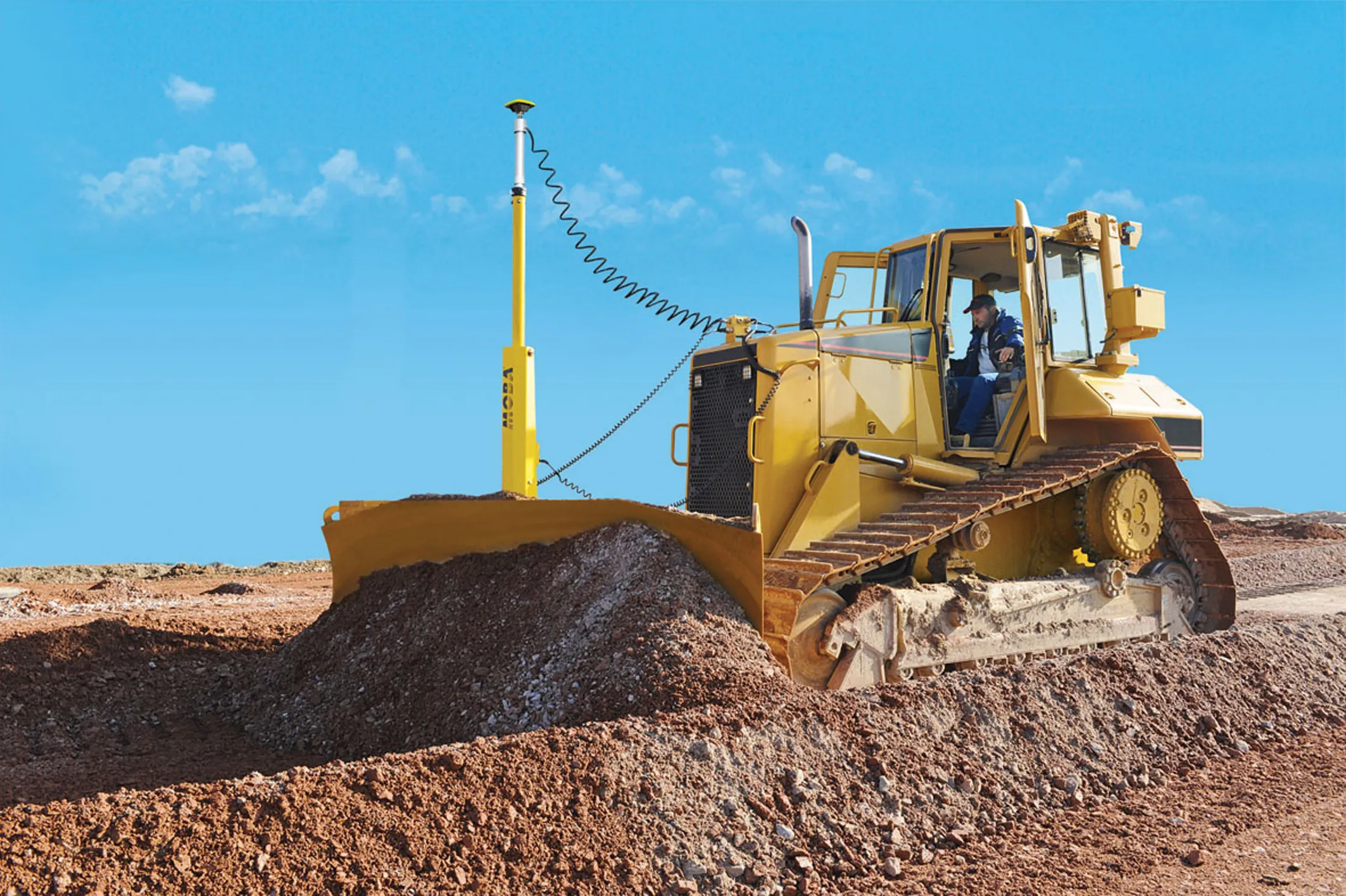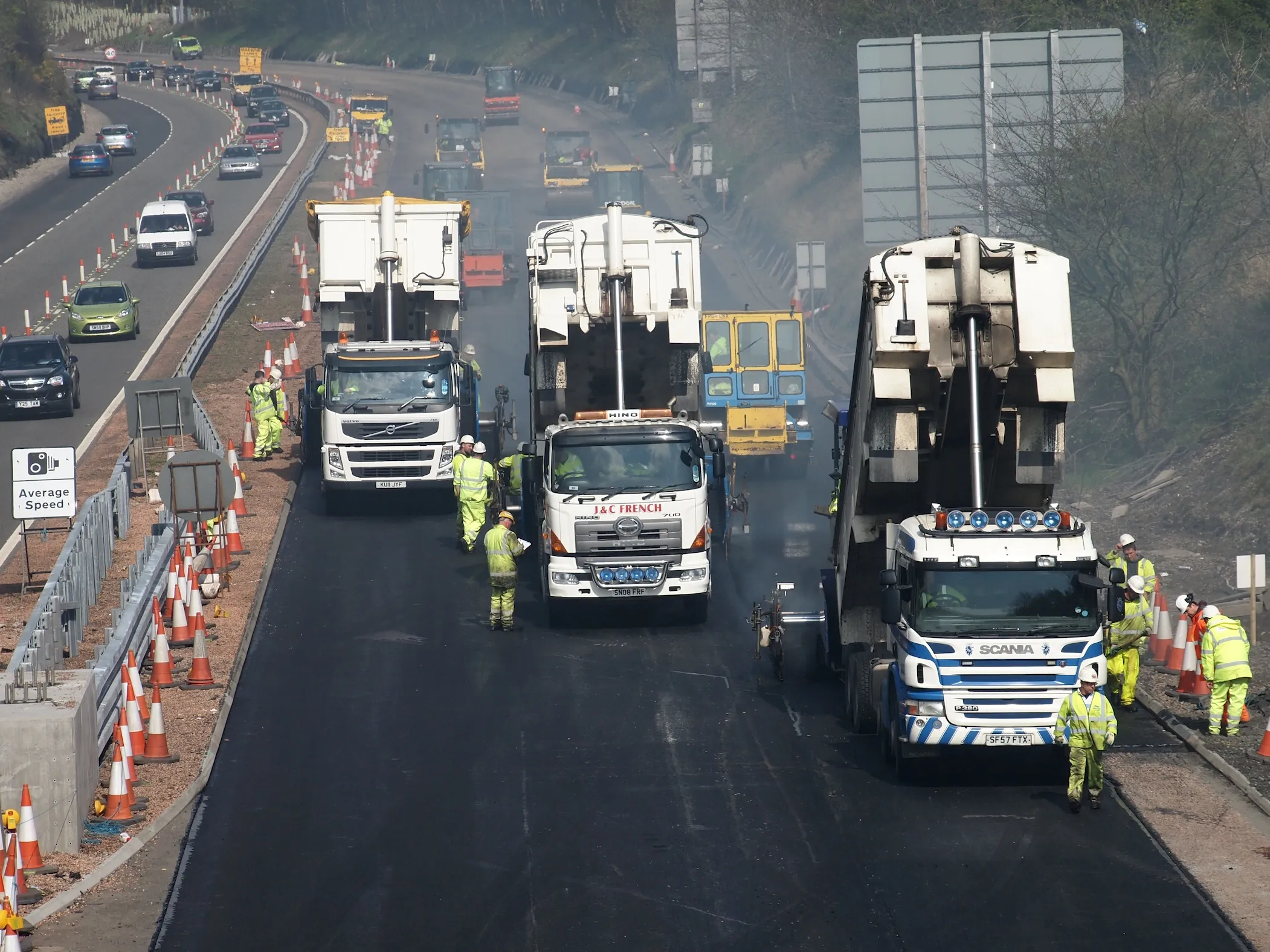Data from China reveals that manufacturing output of electric, hybrid and other new energy vehicles in the country has grown by a factor of 11 for September 2014 compared with the same month in 2013. China produced 10,113 units of new-energy vehicles in September 2014. The output of hybrid passenger cars and electric passenger cars stood at 2,369 and 3,589 units respectively. For the period from January to September 2014, Chinese production of these low impact vehicles increased by a factor of four to 41,30
October 22, 2014
Read time: 2 mins
Data from China reveals that manufacturing output of electric, hybrid and other new energy vehicles in the country has grown by a factor of 11 for September 2014 compared with the same month in 2013. China produced 10,113 units of new-energy vehicles in September 2014. The output of hybrid passenger cars and electric passenger cars stood at 2,369 and 3,589 units respectively. For the period from January to September 2014, Chinese production of these low impact vehicles increased by a factor of four to 41,300 units. A growth of 154% was seen in hybrid commercial vehicle output to 7,197 units, while hybrid passenger car production increased 16 times to 8,986 units. According to China’s Ministry of Industry and Information Technology, electric commercial vehicle and electric passenger car output surged 115% and seven times to 5,248 units and 19,900 units respectively in the nine months. The 2719 Chinese Government is encouraging customers to buy either hybrid or electric vehicles as one of several measures being implemented to help cut smog in major cities. With high fuel costs in China, the country is a ready market for low cost electric vehicles in particular.







